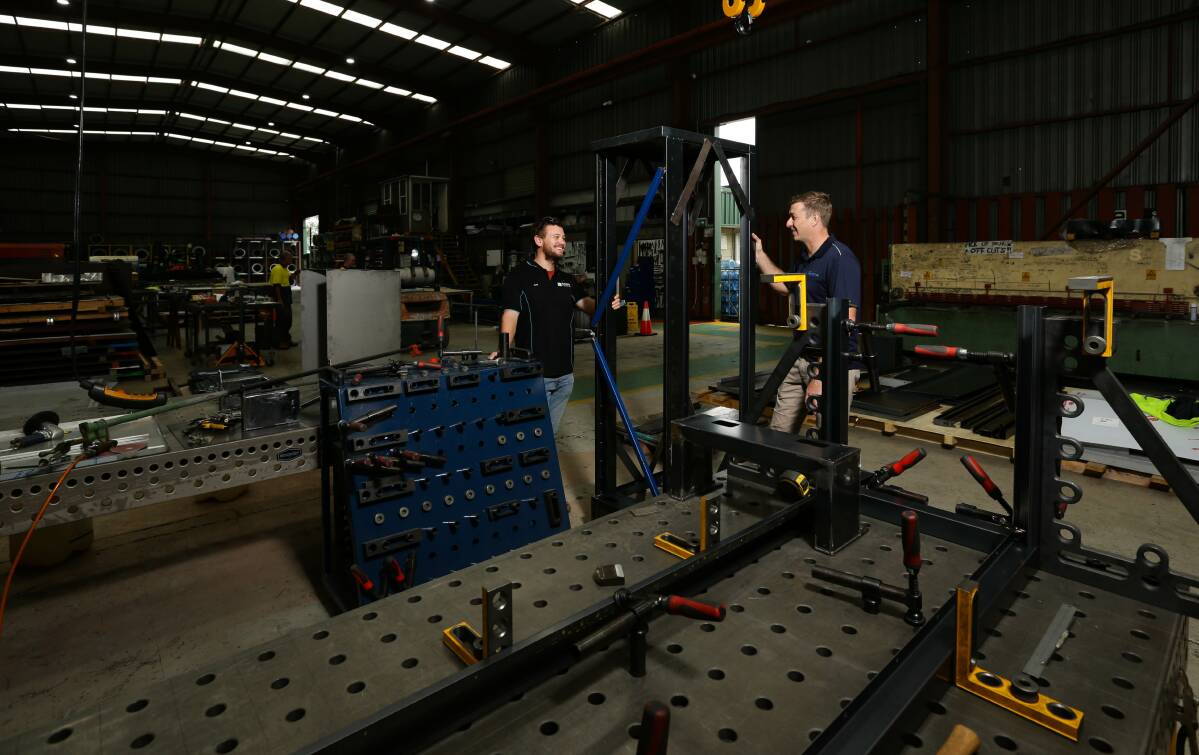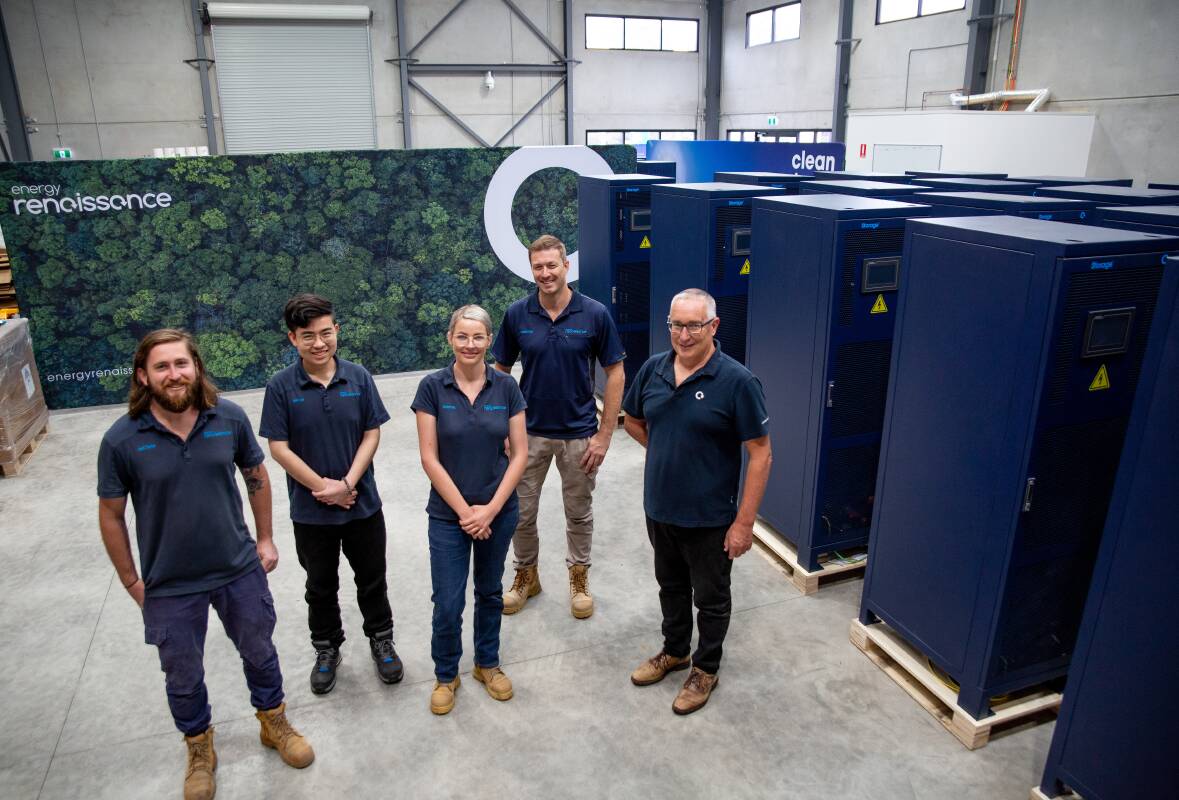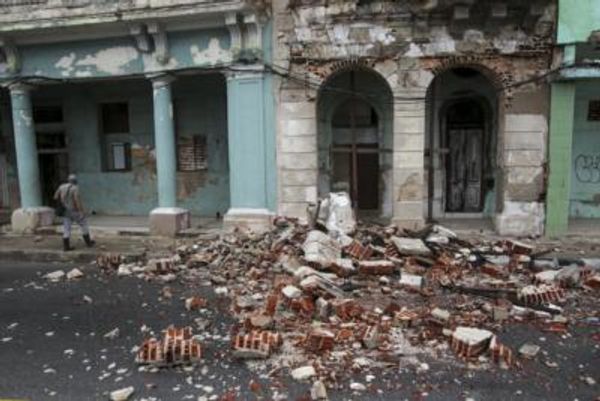
Tomago-based lithium battery technology manufacturer Energy Renaissance has appointed three Australian companies to provide key components for its superStorage family of batteries.
The company, which is striving to achieve 100 per cent onshore manufacturing, will source 92 per cent (32 of the 35 components) from Australian companies.
The companies include Cardiff-based Academy Sheet metal that will supply the steel cabinetry that is used for the Renaissance superRack and superPak products.
The other companies include Penrith-based electronics manufacturer GPC Electronics and Brisbane-based plastic moulding injection manufacturer B&C Plastics.
Energy Renaissance managing director Mark Chilcote said the company was dedicated to onshore manufacturing to protect its customers against global supply chain constraints and unexpected price increases associated with increased freight costs.
"We started our business with a target to have 100 percent of our manufacturing completed in Australia. However, this target can only be achieved with a long-term partnership with local suppliers who will invest in business to grow in line with our production requirements," Mr Chilcote said.
"Energy Renaissance is strengthening local manufacturing and, in the future, securing our supply chain for critical battery minerals when we commence the manufacturing of battery cells in Australia."
Academy Sheetmetal general manager Josh Marks said the family-owned business's partnership with Energy Renaissance would allow the business to expand and be part of the Hunter Region's transition towards clean energy manufacturing.
"It also gives us confidence to invest in more equipment and create new jobs as the demand for their batteries grow," he said.
Energy Renaissance has been manufacturing battery packs from temporary premises at Tomago since last October while it builds a 4,000 square metre purpose-built facility, to be known as Renaissance One, at a site off Tomago Road.
The company has modified its initial plans and will now build a second facility, Renaissance Two, on the same site that will focus on battery cell production.
A four month delay caused by wet weather and material supply shortages has put the construction four months behind schedule.

Renaissance One is now due to open in October while Renaissance Two is expected to commence operations in 2023.
Batteries produced at the plant will be used to power infrastructure, buildings, businesses and homes.
It is expected that more than half of the plant's batteries will eventually be exported through the Port of Newcastle to the south-east Asian market.
The factory will have an initial battery production capacity of 66 megawatt hours per annum, with plans to scale its Australian operation to 5.3 gigawatt hours of energy storage per annum with an additional investment of more than $200 million.
It is estimated the project will employ 1700 people when it reaches full capacity in about five years. Another 6500 indirect jobs will flow from the project.
The technology will monitor and report on a battery's usage, lifespan and faults through a mobile network. It will also transmit secure real time data, analytics and remote management to reduce the risk of battery failure.







